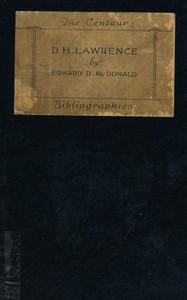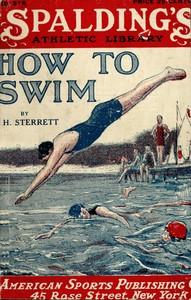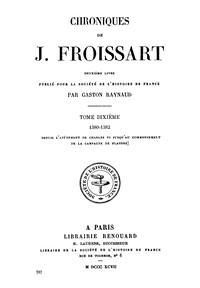|
|
Read this ebook for free! No credit card needed, absolutely nothing to pay.Words: 30129 in 10 pages
This is an ebook sharing website. You can read the uploaded ebooks for free here. No credit cards needed, nothing to pay. If you want to own a digital copy of the ebook, or want to read offline with your favorite ebook-reader, then you can choose to buy and download the ebook.

: A bibliography of the writings of D. H. Lawrence by McDonald Edward D Lawrence D H David Herbert Contributor - Lawrence D. H. (David Herbert) 1885-1930 Bibliography@FreeBooksThu 08 Jun, 2023 CHAPTER INDEX GENERAL SCIENCE The expansion of water can be easily shown by heating a flask filled with water and closed by a cork through which a narrow tube passes. As the water is heated, it expands and forces its way up the narrow tube. If the heat is removed, the liquid cools, contracts, and slowly falls in the tube, resuming in time its original size or volume. A similar observation can be made with alcohol, mercury, or any other convenient liquid. Not only liquids are affected by heat and cold, but solids also are subject to similar changes. A metal ball which when cool will just slip through a ring will, when heated, be too large to slip through the ring. Telegraph and telephone wires which in winter are stretched taut from pole to pole, sag in hot weather and are much too long. In summer they are exposed to the fierce rays of the sun, become strongly heated, and expand sufficiently to sag. If the wires were stretched taut in the summer, there would not be sufficient leeway for the contraction which accompanies cold weather, and in winter they would snap. Air expands greatly when heated , but since air is practically invisible, we are not ordinarily conscious of any change in it. The expansion of air can be readily shown by putting a drop of ink in a thin glass tube, inserting the tube in the cork of a flask, and applying heat to the flask . The ink is forced up the tube by the expanding air. Even the warmth of the hand is generally sufficient to cause the drop to rise steadily in the tube. The rise of the drop of ink shows that the air in the flask occupies more space than formerly, and since the quantity of air has not changed, each cubic inch of space must hold less warm air than| it held of cold air; that is, one cubic inch of warm air weighs less than one cubic inch of cold air, or warm air is less dense than cold air. All gases, if not confined, expand when heated and contract as they cool. Heat, in general, causes substances to expand or become less dense. In a railroad, spaces are usually left between consecutive rails in order to allow for expansion during the summer. The unsightly cracks and humps in cement floors are sometimes due to the expansion resulting from heat . Cracking from this cause can frequently be avoided by cutting the soft cement into squares, the spaces between them giving opportunity for expansion just as do the spaces between the rails of railroads. In the construction of long wire fences provision must be made for tightening the wire in summer, otherwise great sagging would occur. Heat plays an important part in the splitting of rocks and in the formation of d?bris. Rocks in exposed places are greatly affected by changes in temperature, and in regions where the changes in temperature are sudden, severe, and frequent, the rocks are not able to withstand the strain of expansion and contraction, and as a result crack and split. In the Sahara Desert much crumbling of the rock into sand has been caused by the intense heat of the day followed by the sharp frost of night. The heat of the day causes the rocks to expand, and the cold of night causes them to contract, and these two forces constantly at work loosen the grains of the rock and force them out of place, thus producing crumbling. The surface of the rock is the most exposed part, and during the day the surface, heated by the sun's rays, expands and becomes too large for the interior, and crumbling and splitting result from the strain. With the sudden fall of temperature in the late afternoon and night, the surface of the rock becomes greatly chilled and colder than the rock beneath; the surface rock therefore contracts and shrinks more than the underlying rock, and again crumbling results . On bare mountains, the heating and cooling effects of the sun are very striking; the surface of many a mountain peak is covered with cracked rock so insecure that a touch or step will dislodge the fragments and start them down the mountain slope. The lower levels of mountains are frequently buried several feet under d?bris which has been formed in this way from higher peaks, and which has slowly accumulated at the lower levels. Free books android app tbrJar TBR JAR Read Free books online gutenberg More posts by @FreeBooks
: Chroniques de J. Froissart tome 10/13 by Froissart Jean - Europe History 476-1492; Great Britain History 14th century; Burgundy (France) History; Hundred Years' War 1339-1453; Flanders History; France History House of Valois 1328-1589@FreeBooksThu 08 Jun, 2023
|
Terms of Use Stock Market News! © gutenberg.org.in2025 All Rights reserved.






